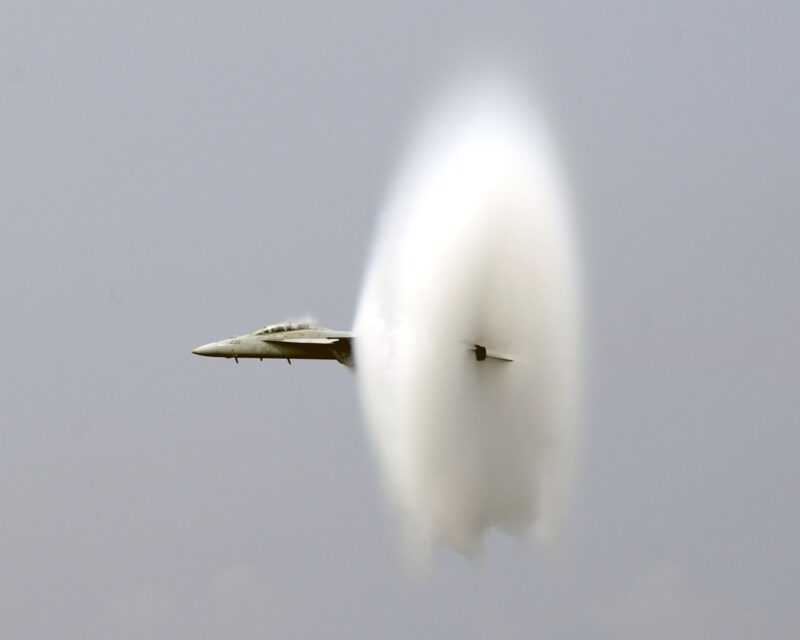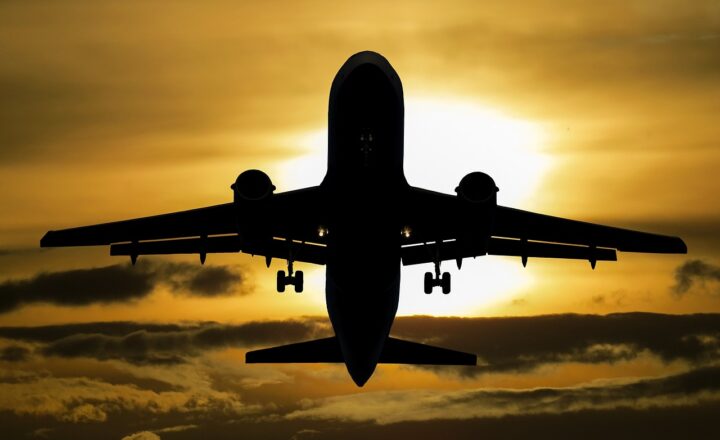How Supersonic Jets Are Being Redesigned for a Quieter, Faster Future
November 11, 2024

The roar of a jet engine was once a symbol of the technological advancements of the late 20th century, culminating in the iconic Concorde—an aircraft that effectively changed the history of air travel. However, as environmental concerns and regulatory challenges emerged, the era of supersonic travel took a backseat. Now, with a deeper understanding of noise pollution and sustainable technologies, the aerospace industry is on the verge of a revolution. This article will explore how supersonic jets are being redesigned for a quieter, faster future.
1. The Evolution of Supersonic Travel
The Concorde, which flew from 1976 until 2003, symbolized the pinnacle of aviation technology. However, its sonic booms restricted it from flying over land, making many of its routes impractical. Furthermore, growing concerns about fuel efficiency and environmental impact led to its retirement. Today, interest in supersonic travel has resurfaced, but with a critical focus on mitigating the issues faced by past aircraft.
Modern supersonic jets are being developed with advanced materials and engineering practices that promise to reduce noise, enhance performance, and improve fuel efficiency.
2. Key Innovations in Supersonic Jet Design
To reintroduce supersonic travel safely and sustainably, engineers and designers are incorporating several groundbreaking innovations:
- Innovative Wing Designs: Modern supersonic aircraft like the Boom Supersonic Overture utilize a ‘crescent-shaped’ wing to improve aerodynamics and minimize drag, which assists in quieter flight at transonic and supersonic speeds.
- Quiet Supersonic Technology (QueSST): Developed by NASA, this technology focuses on creating quieter sonic booms. By reshaping the aircraft’s body and wings, it disperses the pressure waves generated during supersonic flight, transforming them from a ‘boom’ to a gentle ‘thump’.
- Sustainable Aviation Fuels (SAF): By utilizing biofuels and synthetic fuels, the next generation of supersonic jets aims to significantly reduce carbon emissions. Efforts are being directed toward creating pathways for SAF that can seamlessly replace traditional jet fuels in existing engines.
- Advanced Engine Technologies: Engine manufacturers are innovating with designs that prioritize efficiency and lower noise levels. For example, General Electric’s Affinity engine has been touted for its ability to meet the demands of supersonic flight while dropping noise outputs substantially.
These innovations are central to ensuring that the next generation of supersonic jets will not only be faster but also quieter and more environmentally friendly.
3. The Role of Regulations in Supersonic Transit
Regulatory bodies have traditionally been cautious regarding supersonic travel due to noise pollution and environmental implications. The introduction of new technologies, however, may lead to a reassessment of these regulations. For instance, the FAA and ICAO have begun to explore regulatory frameworks that prioritize both safety and sustainability while facilitating a new era of supersonic travel.
As quieter supersonic flights become feasible, discussions about revising the flight restrictions for sonic booms over land can lead to a broader acceptance of supersonic service, ultimately shaping air travel’s future.
4. The Race for Market Leadership
Several companies are leading the charge in reinventing supersonic travel, each proposing unique designs and business models:
- Boom Supersonic: Their Overture model promises to carry 65 to 88 passengers at speeds of Mach 1.7. With successful test flights anticipated soon, Boom aims to launch commercial services by the mid-2020s.
- Aerion Supersonic: Aerion’s AS2 jet is designed to connect city pairs faster while harnessing sustainable aviation practices. The company focuses heavily on environmental consciousness, aligning with increased global emphasis on climate solutions.
- Spike Aerospace: The Spike S-512 offers a ‘quiet supersonic’ experience with innovative cabin designs to minimize the feeling of speed. With an intention to launch with passenger service shortly after regulatory approvals, it targets the business jet market specifically.
As competition heats up, technological advancements, cost management, and environmental responsibility will dictate which company emerges as a market leader in the future of supersonic travel.
5. Future Implications and Global Impact
The resurgence of supersonic flight could profoundly affect global travel dynamics. Faster flight times can lead to more efficient business operations, significantly impacting sectors reliant on prompt and efficient travel.
Moreover, the potential environmental advances associated with new designs and sustainable fuel adoption highlight an exciting future where air travel can be both rapid and responsible. In the broader context, supersonic travel could help redefine international travel logistics, making once-unreachable locations accessible.
Conclusion
As we move closer to the launch of the next generation of supersonic jets, ongoing advancements in technology promise a future where flight is faster, quieter, and more efficient. With regulations adapting to support these innovations, the aerospace industry could be on the verge of a promising and sustainable evolution in air travel. As the aircraft of tomorrow take shape, it is evident that the dream of supersonic travel is set to take off once again, unlocking new possibilities for connection in a bustling world.







